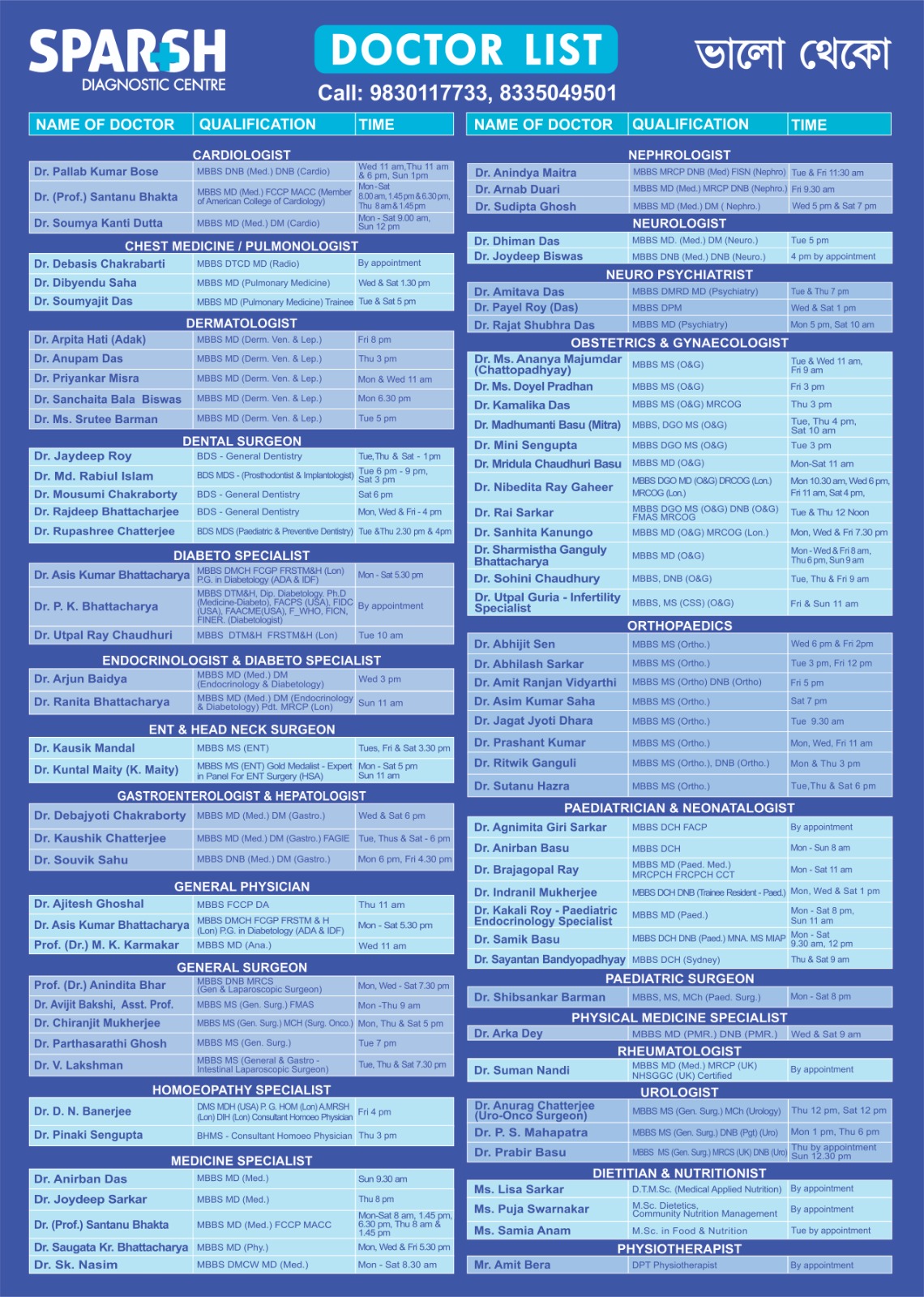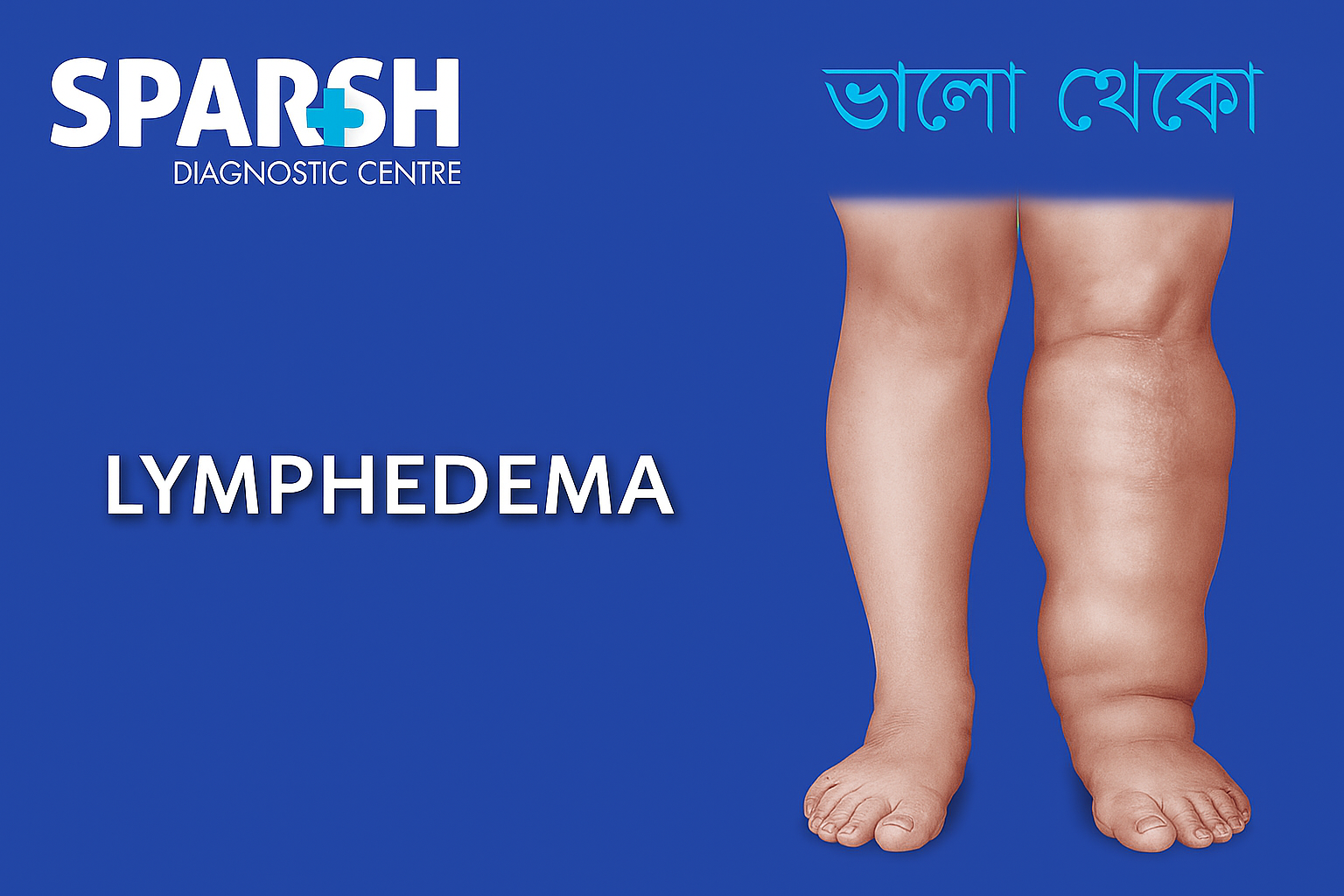Wrist pain is one of the most common musculoskeletal complaints, affecting people across all age groups. Since the wrist is a complex joint made up of multiple bones, ligaments, tendons, nerves, and blood vessels, even a small injury or repetitive strain can lead to discomfort, swelling, or difficulty in hand movements. Wrist pain can be mild and temporary, or severe enough to interfere with everyday activities like writing, typing, lifting objects, or even buttoning a shirt.
Understanding the underlying causes, symptoms, and available treatment options helps you make informed decisions about your health and seek timely medical attention. This detailed guide explores everything you need to know about wrist pain, including common conditions like carpal tunnel syndrome, arthritis, ganglion cysts, tendonitis, and more.
Understanding the Anatomy of the Wrist
The wrist is not a single joint—it is a complex structure where the forearm and hand meet. It consists of:
Eight small carpal bones
Two forearm bones (radius and ulna)
Multiple ligaments connecting the bones
Tendons that facilitate hand and finger movements
Median, ulnar, and radial nerves
Blood vessels supplying the hand
Because of this intricate structure, wrist pain can originate from bones, ligaments, tendons, nerves, or even surrounding tissues.
Common Causes of Wrist Pain
Below are the most common conditions that may cause wrist discomfort or chronic pain.
1. Carpal Tunnel Syndrome
Carpal tunnel syndrome (CTS) occurs when the median nerve gets compressed as it passes through the wrist’s carpal tunnel. People who perform repetitive hand movements—such as typing, driving, playing musical instruments, or factory work—are at higher risk.
Symptoms
Weak grip
Pain that worsens at night
Swelling sensation without visible swelling
Treatment
Wrist splints
Anti-inflammatory medication
Physiotherapy
Steroid injections
Surgery (severe cases)
2. Wrist Tendinitis
Tendinitis refers to inflammation or irritation of the tendons located around the wrist. It is usually caused by repetitive motion, sports injuries, or overuse.
Symptoms
Sharp pain during movement
Swelling or tenderness
Difficulty gripping objects
Stiffness after rest
Treatment
Rest and ice application
Anti-inflammatory drugs
Wrist braces
Physiotherapy exercises
Cortisone injection (rarely required)
3. Wrist Fracture
A fracture occurs when one or more wrist bones break due to trauma—such as falling on an outstretched hand, sports injuries, or accidents. The most common fractures involve the radius (distal radius fracture) or scaphoid bone.
Symptoms
Severe pain
Swelling and bruising
Visible deformity
Inability to move the wrist
Treatment
Plaster or splint application
Pain medication
Surgery (complex fractures)
4. Arthritis
Arthritis in the wrist occurs when cartilage between bones wears down, leading to inflammation and stiffness. Common types include:
Post-traumatic arthritis (after injury)
Symptoms
Persistent pain
Reduced range of motion
Swelling and warmth
Morning stiffness
Treatment
Anti-inflammatory medication
Joint injections
Surgery (in advanced arthritis)
5. Ganglion Cyst
A ganglion cyst is a non-cancerous, fluid-filled lump that forms near joints or tendons, often on the back of the wrist. Although usually painless, it may cause discomfort if it presses on nerves.
Symptoms
Visible lump on wrist
Pain or numbness (if nerve is compressed)
Reduced mobility
Treatment
Observation (if painless)
Aspiration (removal of fluid)
Surgical removal (if persistent)
6. Gout
Gout occurs due to crystal deposits of uric acid in joints, leading to sudden and severe pain. Although it commonly affects the big toe, wrists may also be involved.
Symptoms
Sudden, intense wrist pain
Redness and swelling
Warmth in the joint
Treatment
Medication to reduce uric acid
Anti-inflammatory drugs
7. Sprain
Wrist sprains occur when ligaments are stretched or torn, often due to sudden twisting or falls.
Symptoms
Swelling
Bruising
Pain with movement
Weakness
Treatment
Wrist supports
Physiotherapy
8. Carpal Boss
A carpal boss is a bony lump at the back of the wrist, formed due to abnormal bone growth. It can cause stiffness or discomfort, especially during wrist extension.
Symptoms
Hard bump on wrist
Pain during activity
Reduced flexibility
Treatment
Immobilization
Anti-inflammatory medications
Surgery (rarely needed)
9. Cubital Tunnel Syndrome
Though primarily affecting the elbow, cubital tunnel syndrome may cause wrist-related symptoms due to ulnar nerve compression.
Symptoms
Tingling in ring and little fingers
Weak grip
Discomfort in forearm or wrist
Treatment
Bracing
Physiotherapy
Surgery (advanced cases)

Symptoms of Wrist Pain You Should Not Ignore
If you experience any of the following, immediate medical attention is recommended:
Severe swelling or deformity
Inability to move the wrist or fingers
Persistent numbness or tingling
Wrist pain lasting more than a week
Pain after a fall or sudden injury
Redness, warmth, or signs of infection
Early diagnosis helps prevent long-term damage.
Diagnosis: How Doctors Identify Wrist Pain Causes
Medical professionals use several methods to determine the exact cause of wrist pain:
1. Physical Examination
Checking swelling, tenderness, strength, and range of motion.
2. Imaging Tests
X-ray – detects fractures
MRI – identifies ligament or tendon injuries
Ultrasound – shows soft tissue inflammation
CT scan – detailed view of bones
3. Nerve Conduction Study
Used for carpal tunnel and nerve-related pain.
4. Blood Tests
To diagnose arthritis, infections, or gout.
Treatment Options for Wrist Pain
Treatment depends on the underlying condition and severity. Common approaches include:
1. Home Care Measures
Rest the wrist
Apply cold packs
Use a splint or brace
Avoid repetitive strain
Elevate hand if swollen
2. Medication
Doctors may prescribe:
Anti-inflammatory drugs
Pain relievers
Steroid injections
Uric acid–lowering medication (for gout)
Antibiotics (for infections)
3. Physiotherapy
A physiotherapist can help with:
Strengthening exercises
Wrist mobility improvement
Postural correction
Ergonomic adjustments
Laser or ultrasound therapy
4. Surgical Options
Surgery may be necessary for:
Carpal tunnel syndrome
Severe fractures
Ganglion cyst removal
Advanced joint arthritis
Ligament tears
Preventing Wrist Pain
Here are effective ways to reduce your risk:
- Maintain proper posture while working
- Take breaks during repetitive tasks
- Perform stretching and strengthening exercises
- Use ergonomic keyboards and mouse pads
- Avoid lifting heavy objects incorrectly
- Wear wrist guards during sports
- Manage chronic diseases like diabetes, arthritis, and gout
FAQs on Wrist Pain
1. What is the most common cause of wrist pain?
Repetitive strain injuries like wrist tendinitis and carpal tunnel syndrome are among the most common causes.
2. Can wrist pain heal on its own?
Mild sprains or strains may improve with rest, but persistent pain requires medical evaluation.
3. Does typing cause carpal tunnel syndrome?
Typing for long hours can contribute to median nerve compression, especially with poor posture.
4. How do I know if my wrist is fractured?
Severe pain, swelling, bruising, and inability to move the wrist are common signs. An X-ray is required for confirmation.
5. Are ganglion cysts dangerous?
No, they are usually harmless but may cause discomfort if they press on nerves.
6. Can arthritis cause wrist pain?
Yes, osteoarthritis and rheumatoid arthritis are common causes of chronic wrist pain and stiffness.
7. What tests help diagnose wrist pain?
X-rays, MRI, ultrasound, nerve conduction studies, and blood tests help identify the exact cause.
8. When should I see a doctor?
Seek medical help if pain lasts more than a week, follows an injury, or is accompanied by numbness or swelling.
#BhaloTheko
Disclaimer:
No content on this site, regardless of date, should ever be used as a substitute for direct medical advice from your doctor or other qualified clinician.

Doctor List
![]()





